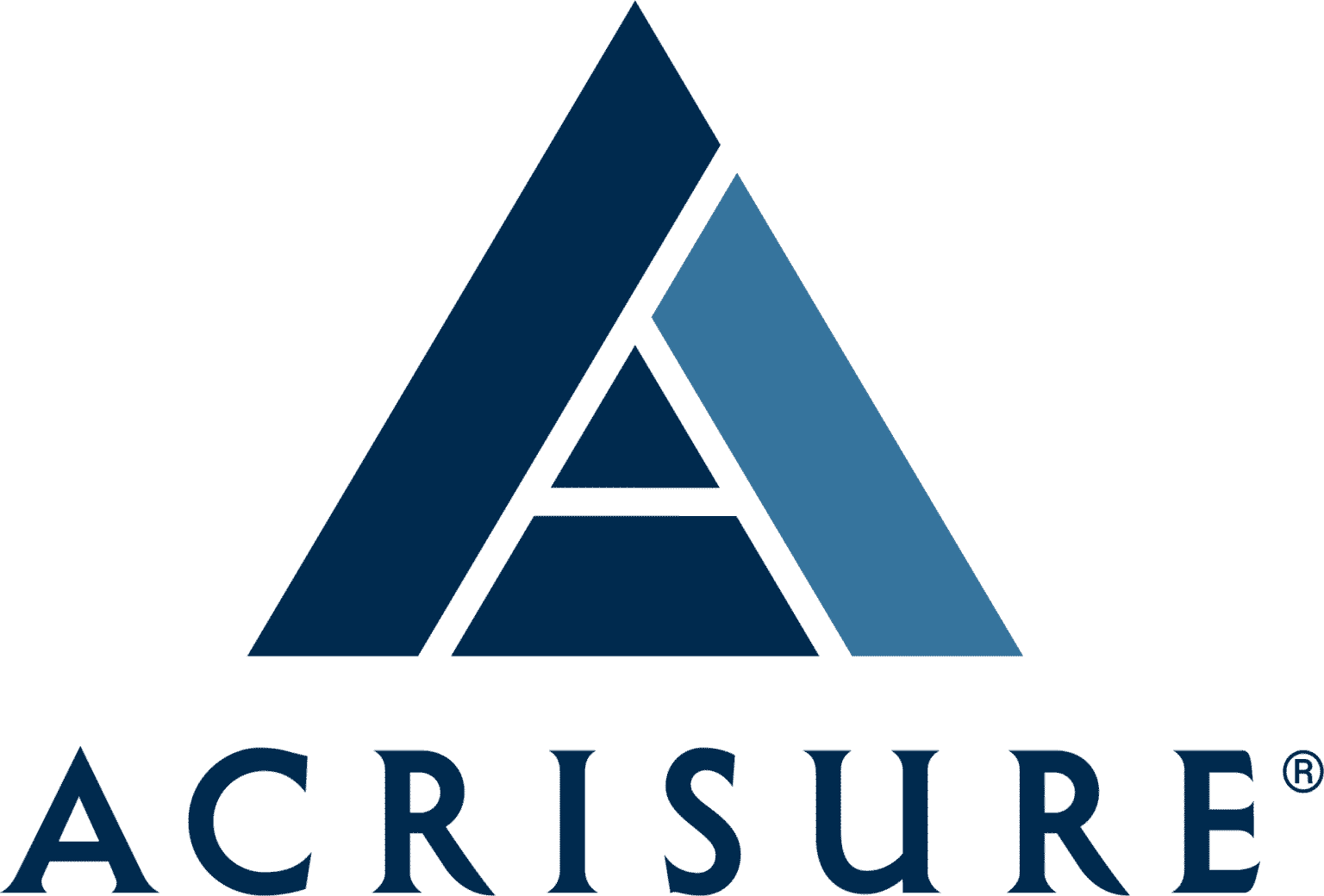Acrisure will eliminate about 400 accounting roles starting in early 2026 as it expands AI automation and other technologies. The decision reflects wider trends in insurance automation and AI in finance, raising issues of workforce displacement, reskilling, client impact, and reputational risk.

Acrisure, a major insurance brokerage, announced that it will cut roughly 400 positions in its accounting organization as it accelerates AI integration and automation technologies. The reductions, expected to begin in early 2026 and roll out over several months, highlight a central trade off: measurable operational efficiency from AI automation versus real human disruption and workforce displacement.
Routine accounting tasks such as invoice processing, reconciliations, and basic data entry are highly rule based and therefore well suited to automation. Advances in generative AI, machine learning, and robotic process automation allow companies to reduce processing time and manual effort. For firms like Acrisure the shift to AI powered tools can lower cost per transaction and free people to focus on higher value work such as client advisory and complex problem solving.
The scale of a roughly 400 person reduction in a single function is significant for a large broker, and a concentrated impact of about 200 jobs in one metro area can have notable local economic consequences. Announcing cuts well in advance of the 2026 implementation signals a planned multi phase change that gives stakeholders lead time but also extends uncertainty for affected employees. Limited public detail increases pressure on Acrisure to publish clear workforce transition plans.
Clients may see faster automated service for routine accounting interactions such as billing and statements as AI driven processes reduce processing lag. For Acrisure, automation can deliver cost savings, process standardization, and scalability when integrating multiple platforms and acquisitions. These technology moves align with broader trends in AI in finance and insurance automation including predictive analytics and automated claims processing.
Job disruption is the immediate human cost. Workforce displacement of this scale will likely attract local scrutiny and increase pressure for meaningful transition support. Reskilling and redeployment are essential but not automatic. Employers should invest in training programs, clear career pathways for roles that require judgment and client interaction, and support for people moving into AI supervision roles.
Public perception matters. Companies that adopt AI automation without transparent workforce plans risk reputational damage, union interest, and political pushback in affected communities. Regulators and policymakers are paying more attention to fairness, auditability, and the human impact of AI driven decisions which could influence how insurance automation programs are rolled out.
To align with current search trends include phrases such as AI automation, AI integration, generative AI, AI Overviews, Generative Engine Optimization, insurance automation, AI in finance, workforce displacement, and reskilling. Use clear headers and question based formats to improve chances of being surfaced in AI Overviews and voice search. Maintain E E A T by citing credible sources and offering original analysis.
Acrisure's plan to eliminate about 400 accounting roles as AI automation is deployed highlights a key moment for business operations. The efficiency gains from AI are real and measurable, but their full value depends on how companies handle the people side of change. Stakeholders should watch whether Acrisure pairs automation with meaningful reskilling and transparency and whether peers follow with similarly aggressive yet better managed transitions. For business leaders the takeaway is clear: automation must be treated as a workforce strategy as well as a technical program.
Note This article reflects current reporting and industry trends around AI driven automation in 2025 and includes terms useful for Generative Engine Optimization and AI driven search discovery.



